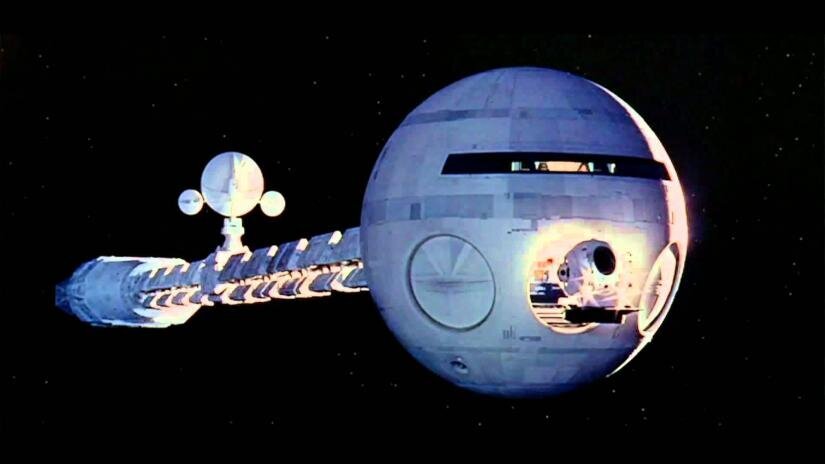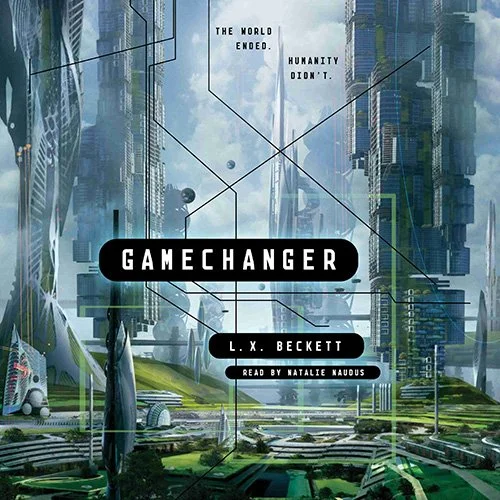What does a 185-year-old painting say about the attack on the Capitol Building?
Like many people, I was horrified by the events early this month at the US Capitol Building in Washington, when armed protestors broke into the building and members of Congress were forced to hide in fear for their lives. Images of the Capitol Building covered in smoke, surrounded by chaos, filled the world’s TV screens and social media feeds for days afterward. Days later an image came to my mind that encapsulated what had happened. It wasn’t a photo from the day, but a painting made 185 years ago.
The painting is called Destruction and was painted by Anglo-American artist Thomas Cole in 1836. Cole couldn’t have foreseen our age of internet conspiracy theories or a time where the President of the United States would use Twitter to encourage people claiming to be patriots to attack the very seat of the American government, (I have been living through the last four years and I couldn’t have predicted this would happen - although perhaps I should have), however, his painting tells us a lot about how we got into this situation.
The Course of Empire
Take a look at the painting. Destruction is obviously apt to describe last week’s events, but the painting is relevant not just because it depicts a neo-classical capital city being disrupted by an uprising, but because of what Cole intended to communicate when he painted it.
Destruction is part of a series of paintings called The Course of Empire. In these paintings, Cole outlines the rise and fall of a fictional civilisation, according to a popular view at the time that history was a series of civilisations rising and falling. The five paintings show the complete life cycle of a civilisation, its rise from a nomadic existence, to a great culture that builds huge grand cities, to its destruction and then finally becoming abandoned ruins.
The fourth painting in the sequence, Destruction, shows the fall of the great civilisation as it is engulfed in either a civil war or an outside invasion. Although the paintings don’t depict any particular civilisation, they do show a classical civilisation in the model of Ancient Greece or Rome. The paintings make the argument that this is an inevitable trajectory for all civilisations: if you rise you will fall.
Pastoral America
For Cole, the second painting in the series, The Arcadian or Pastoral State, which represented pastoralism was the ideal state. This is where humanity is at peace with the land, farming it but living in harmony with it. Cole didn’t want America to lose touch with nature and become an urban, complex society as this would lead to America progressing along the expected trajectory of all civilisations and, ultimately, to its downfall. If America left pastoralism behind it would lead to the ruin shown in the 5th painting, Desolation.
The third painting in the sequence, The Consummation of Empire, shows a society at the height of its power, a society with a refined culture that has built great monuments to itself. However, the seeds of its downfall have already been sowed as a demagogue is shown riding to power on the back of waves of popular elation: this civilisation has found its Caesar.
These paintings have something to tell us about what happened in America last week. It’s telling that the society painted by Cole was brought down by a demagogue, loved by his people, who destabilised his society. However, what’s more instructive is Cole’s idea behind making the paintings: that the signs of civilisation or metropolitan living, as summed up in The Consummation of Empire, are in themselves a sign that America has lost its way and is headed for destruction.
Against civil society
Many Americans want America to be as Cole saw it: a pastoral, rural society. One free of complex things like modern governments, metropolitan culture and a plurality of ethnicities. It’s not that these people, many of whom support Donald Trump, think that Joe Biden or the Democrats are their enemies; it’s that they see the whole idea of American civil society as their enemy.
Being opposed to the peaceful transition of power after your leader loses an election equals being opposed to civil society. Leaving fact behind, and living in an alternative reality where Trump won the election and the Democrats are part of a satanic pedophile ring, is to set yourself against the common truth that make civil society possible. To hate cities and believe that everyone should live in small, rural communities is against civil society.
Cole’s paintings show that this resistance to civil society (not shown at all in the first painting, The Savage State, which shows a hunter-gatherer society, or the second painting, The Arcadian or Pastoral State) has been part of the American mindset from the beginning. Trump didn’t turn the people against civil society (although he certainly made them angrier with it) and getting rid of Trump will not change the fundamental view, held by many Americans, that their society has been on the wrong course since the time of Cole.
The real threat to America
Many Americans are still fighting to stop America from moving away from its pastoral roots. America needs to find some way to address the fact that a large number of Americans see their own civil society as against them, if the country is to move beyond its current state of being hopelessly divided, riven and at its own throats.
Take another look at Thomas Cole’s Destruction. It’s the ideas behind Cole’s paintings that, imbedded deep within the American consciousness, might lead to its destruction; not its progress along a mythical road to becoming metropolitan civilisation. The resistance to this process is more likely to destroy America than embrace it. That’s what we saw last week.
Image credit: Thomas Cole, Public domain, via Wikimedia Commons




























